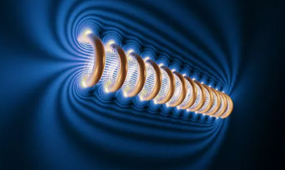


Available online 9 April 2021
The laser welding (LW) process of highly reflective materials presents low thermal efficiency and poor stability. To solve the problem, the effects of subatmospheric environment on LW process, technological parameters in subatmospheric environment on weld formation and welding with sinusoidal modulation of laser power on the stability of LW process in subatmospheric environment were explored. The AZ31 magnesium (Mg) alloy was used as the test materials. The test result revealed that the weld penetration in subatmospheric environment can increase by more than ten times compared with that under normal pressure. After the keyhole depth greatly rises, significantly periodic local bulge is observed on the backwall surface of the keyhole and the position of the bulge shifts along the direction of the keyhole depth. Eventually, the hump-shaped surface morphology of the welded seam is formed; moreover, the weld width in local zones in the lower part of the welded seam remarkably grows. During LW in subatmospheric environment, the weld penetration can be further greatly increased through power modulation. Besides, power modulation can inhibit the occurrence of bulges in local zones on the backwall of the keyhole during LW in subatmospheric environment, thus further curbing the significant growth of the weld widths of hump-shaped welding beads and local zones in the lower part of welded seams. Finally, the mechanism of synchronously improving the thermal efficiency and stability of LW process of highly reflective materials through power modulation in subatmospheric environment was illustrated. This was conducted according to theoretical analysis of recoil pressure and observation results of dynamic behaviors of laser induced plasma clouds and keyholes in the molten pool through high speed photography.
Laser weldingSubatmospheric environmentPower modulationHighly reflective materialsThermal efficiencyStability